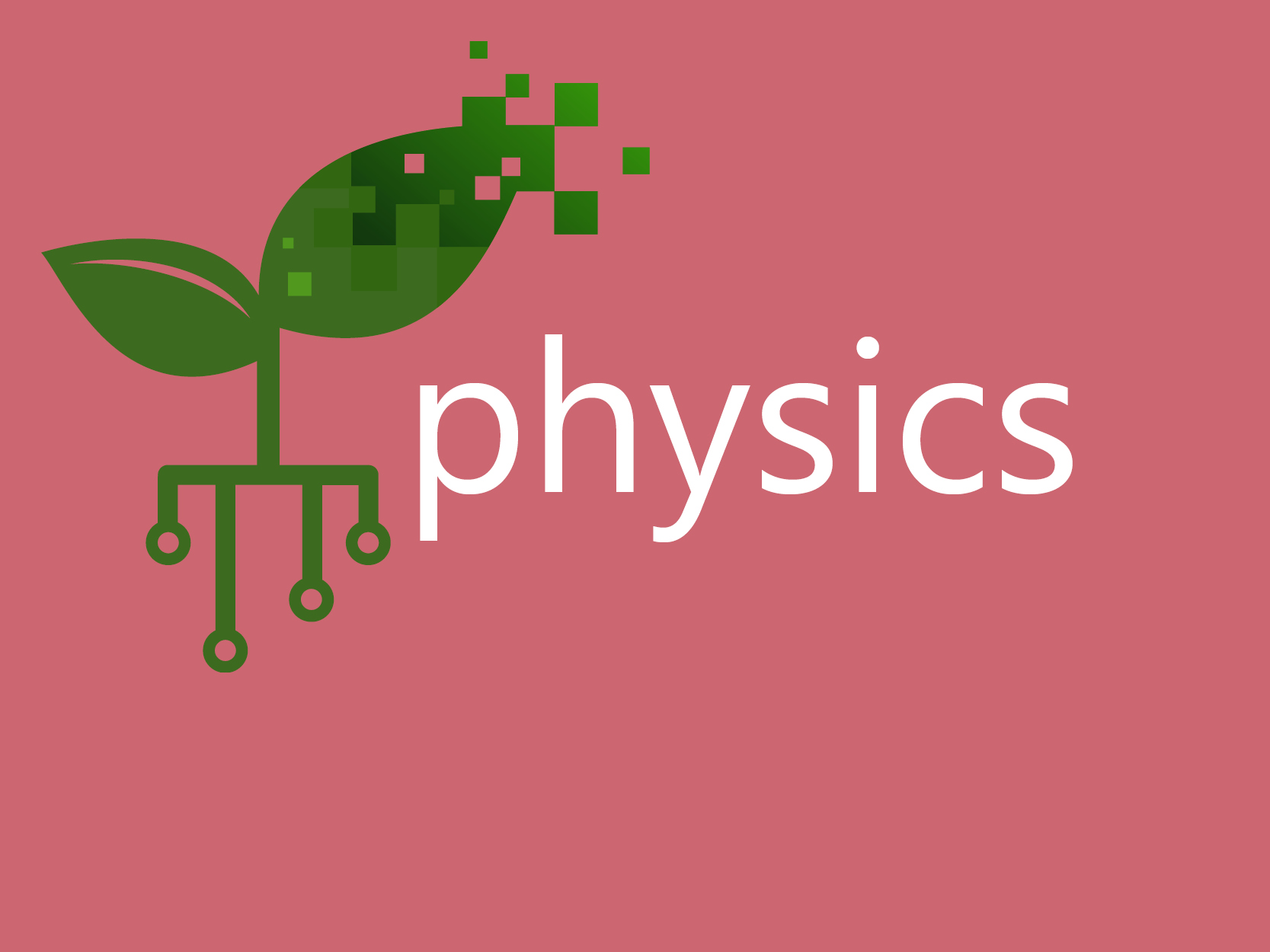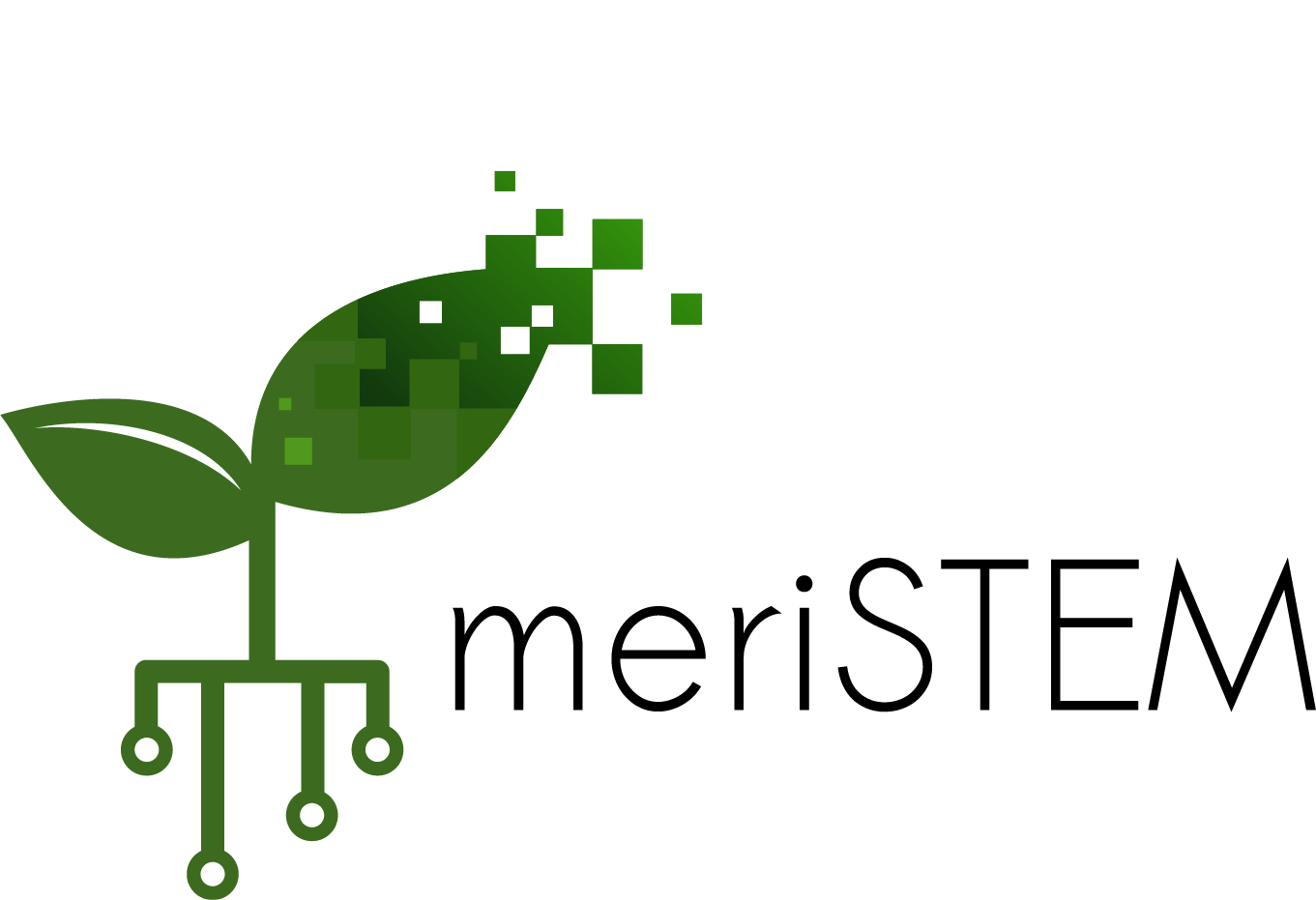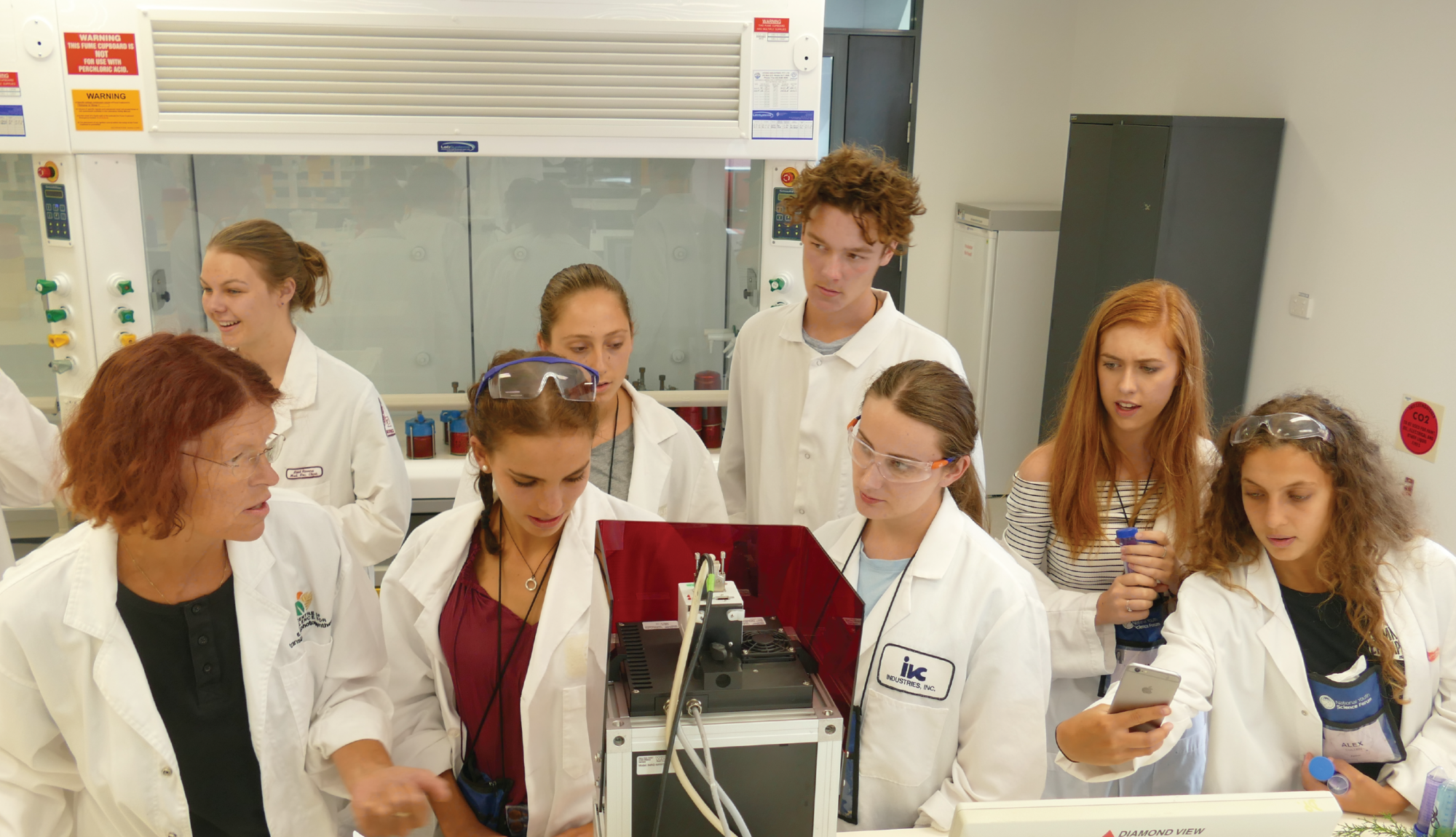Senior Physics – SA & NT

The current syllabus in South Australia and the Northern Territory is different in content and sequence to the Australian Curriculum, however there is much overlap.
These are example schedules to demonstrate the content of the meriSTEM online course as it might map to the SA/NT curriculum.
Stage 1, Topics 1 – 3
| SA / NT Topic | Use meriSTEM Module | Use meriSTEM sub-topics | Australian Curriculum Physics Science Understandings |
|---|---|---|---|
| (Revision) | Science Skills | All, as needed | |
| Topic 1: Linear motion and forces | Mechanics | 1. Motion, 2. Forces , 3. Momentum | 53, 54, 60, 61, 63, 64 |
| Topic 2: Electric circuits | Electrical Physics | All [1. What are circuits? 2. Charge and current 3. Energy in a circuit 4. Voltage and current 5. Power 6. Resistance and Ohm’s Law 7. Circuit analysis] | 37, 38, 39, 40, 41, 42, 43, 44 |
| Topic 3: Heat | Thermal Physics | Units, Measurement, Significant Figures, Scaling and Estimates |
Note. As this course was designed around the Australian Curriculum, currently the course does not include specifically:
- Components of atoms
- Behaviour of charges
- Impulse
- Collisions
Stage 1, Topics 4 – 6
| SA / NT Topic | Use meriSTEM Module | Use meriSTEM sub-topics | Australian Curriculum Physics Science Understandings |
|---|---|---|---|
| 4: Energy and momentum | Mechanics | 4. Energy and work | 63, 65, 66 |
| 5: Waves | Waves and Optics | All [1. Introduction, 1.2 Wave properties, 2. Wave properties, 3. Refraction , 4. Light, 5. Optics ] | 67, 68, 69, 70, 71, 72, 73, 74, 75, 76, 77 |
| 6: Nuclear models and radioactivity | Nuclear Physics | All [1. Nuclear composition, 2. Nuclear stability, 3. Unstable nuclei and decay processes , 4. Nuclear half lives , 5. Nuclear energies and masses, 6. Nuclear reactions , 7. Nuclear power, 8. Binding energy, 9. Ionising radiation] | 21, 22, 24, 26, 27, 28 29, 30, 31, 33, 34, 35, 36, 39 |
Note. As this course was designed around the Australian Curriculum, currently the course does not include specifically:
- Use of nuclear energy for power production, nuclear reactors and waste
Stage 2, Topics 1 & 2
| SA / NT Topic | SA / NT Sub-topic | Use meriSTEM Module | Use meriSTEM sub-topics | Australian Curriculum Physics Science Understandings |
|---|---|---|---|---|
| 1: Motion and relativity | 1.1: Projectile motion, 1.2: Forces and momentum, 1.3: Circular motion and gravitation | Gravity and Motion | 1.Introduction, 2. Gravity in space and on earth 3. Projectile motion 4. Uniform Circular Motion , 5. Space old and new | 87, 93, 94, 95, 97, 99, 100, 101 |
| 1.4: Relativity | Special Relativity | All [1. Galilean relativity, 2. Galilean relativity on a train, 3. Frame transformations, 4. The postulates of special relativity, 5. Time dilation, 6. Relativity of simultaneity , 7. Length contraction, 8. Concluding remarks, 9.Paradoxes: Muons, 10. Paradoxes: Bell’s spaceships, 11. Paradoxes: The relativistic limo, 12. Relativistic momentum | 129, 130, 131, 132, 133, 134 | |
| 2: Electricity and magnetism | (all) | Electromagnetism | 1. Introduction to electromagnetism, 2. Electric fields , 3. Coulomb’s law, 4. Magnetism 5. Magnetic fields, 7. Induction (Applications of the motor affect) | 102, 103, 104, 105, 106, 108, 109, 110, 111 |
Note. As this course was designed around the Australian Curriculum, students may refer to the module ‘Modern particle physics’ for content on particle accelerators.
Stage 2, Topic 3
| SA / NT Topic | SA / NT Sub-topic | Use meriSTEM Module | Use meriSTEM sub-topics | Australian Curriculum Physics Science Understandings |
|---|---|---|---|---|
| 3: Light and atoms | 3.1: Wave behaviour of light | Waves and Optics | All [1. Introduction, 1.2 Wave properties, 2. Wave properties, 3. Refraction, 4. Light, 5. Optics | 67, 68, 69, 70, 71, 72, 73, 74, 75, 76,77 |
| 3.2: Wave–particle duality | Quantum Mechanics | 1. Double Slit experiment 2. Origins of quantum mechanics, 3. Atoms and atomic spectra, 4. Quantum mechanics describes everything, 5. X-rays | 135, 136, 137, 139, 140 | |
| Nuclear Physics | 1. Nuclear composition , 2. Nuclear stability , 3. Unstable nuclei and decay processes | 21, 22, 26, 27 | ||
| 3.3: Structure of the atom | Nuclear Physics | 4. Nuclear halflives, 5. Nuclear energies and masses, 6. Nuclear reactions, 9. Ionising radiation | ||
| The Standard Model | 1. Introduction to sub-atomic particles, 2. Reactions, 3.Cosmology and the standard model | 141- 147 |
Note. As this course was designed around the Australian Curriculum, students may want to refer back to the Waves module in Stage 1, Topic 5 for subtopic 3.1 Wave behaviour of light.

